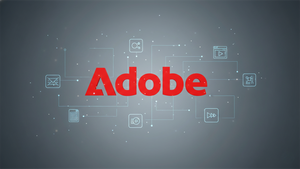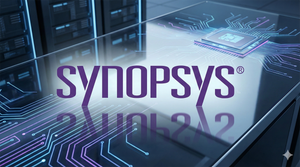Paper reveals outdated middle mile capacity designs, highlighting need for updated infrastructure and funding
Today at Fiber Connect 2025, the Fiber Broadband Association (FBA) today announced a new research paper, “Middle Mile Networks: The Backbone and Highway to Affordable Broadband Innovation.” The paper reveals middle mile networks have been built using outdated assumptions about household bandwidth needs, and to meet modern broadband demands they require designs based on real-world trends rather than diluted averages. With billions in federal broadband infrastructure funding now available, the report urges decision-makers to prioritize middle mile development to close the digital divide once and for all.
Middle mile networks play an essential role in delivering fast, affordable, and equitable broadband access to communities across North America. Rural America faces a significant lack of Middle Mile infrastructure, which drives up the cost of internet access. With millions of rural residents expected to gain high-speed broadband in the coming years thanks to billions in federal investment, building robust Middle Mile infrastructure is now more critical than ever to ensure long-term affordability.
The paper examines the growing mismatch between reported broadband usage averages and real usage patterns. It also presents insights from service providers, examines current trends, and outlines clear recommendations for designing middle-mile infrastructure that can meet capacity demands today and in the future.
"There is transformative potential within middle mile networks. As the digital economy grows and remote work, education, and telehealth become standard, ensuring robust and open middle mile connectivity is more critical than ever,” said Sachin Gupta, FBA Board Member and Middle Mile Committee Chair, and Centranet VP of Business and Technology Strategies. “By grounding our strategies in real-world data, we can more effectively fund and deploy infrastructure that is resilient and capable of supporting the next generation of digital innovation.”
FBA’s research (collected from survey responses from 38 network operators across 25 states) reveals that many current infrastructure projects still rely on old models of user behavior. Forecasts should be designed around real-world broadband application demands that drive higher peak-hour usage across all demographics, like more devices per home, heavy streaming, telehealth, and AR/VR/AI. While public reports suggest peak-hour usage of 15–20 Mbps, real-world observations show active households often exceeding 100 Mbps.
By accounting for these trends and suggesting practical network planning choices, the paper offers clear, actionable recommendations for building middle mile networks that are affordable, scalable, and future-proof. It urges policymakers, industry stakeholders, and communities to collaborate to build robust, scalable middle-mile infrastructure. This involves prioritizing high-capacity networks, fostering partnerships, and encouraging open-access middle mile frameworks to ensure equitable access to high-speed internet.
The full paper can be downloaded here. To learn more about Fiber Connect, visit the conference website here or subscribe to FBA’s Fiber Forward Weekly newsletter here to stay updated on conference news and more.
About the Fiber Broadband Association
The Fiber Broadband Association is the largest and only trade association that represents the complete fiber ecosystem of service providers, manufacturers, industry experts, and deployment specialists dedicated to the advancement of fiber broadband deployment and the pursuit of a world where communications are limitless, advancing quality of life and digital equity anywhere and everywhere. The Fiber Broadband Association helps providers, communities, and policymakers make informed decisions about how, where, and why to build better fiber broadband networks. Since 2001, these companies, organizations, and members have worked with communities and consumers in mind to build the critical infrastructure that provides the economic and societal benefits that only fiber can deliver. The Fiber Broadband Association is part of the Fibre Council Global Alliance, which is a platform of six global FTTH Councils in North America, LATAM, Europe, MEA, APAC, and South Africa. Learn more at fiberbroadband.org.
View source version on businesswire.com: https://www.businesswire.com/news/home/20250602256950/en/
Contacts
Press Contact:
Christy Barbaran
Connect2 Communications for the Fiber Broadband Association
FBA@connect2comm.com






